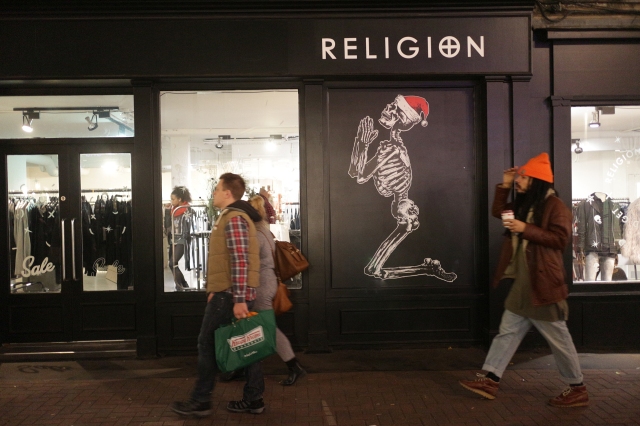What’s the difference between a snapshot and a ‘proper’ photograph?
I saw this question on one of the photo forums today and gave a quick response, but I thought the question deserved some more consideration.
I take snaps for my own purposes – to me a snap is a photo I’ve taken purely as a record of something, with no artistic thought given to it. A photo of mates in the pub for example (this was my answer on the forum).
A typical snap is unlikely to be of much interest to a wider audience. That said, they can prove to be important pieces of social documentary – aren’t we all fascinated to look at old snaps that we find in forgotten albums?
Take someone else’s old holiday photos for example, you look at the classic cars you don’t see any more, the fashions people were wearing, places that have since changed so much you can hardly recognise them, or maybe the surprise is they haven’t changed at all!
Snaps originated with the first Kodak box camera, introduced in 1888 – the first camera to use a roll of film rather than individual plates, and used by ordinary people rather than enthusiastic amateurs or professionals.
Kodak’s slogan was “You press the button – we do the rest”. The ability to take quick ‘snaps’ without too much preparation brought photography to the mass market (although still a relatively expensive novelty) http://americanhistory.si.edu/collections/search/object/nmah_760118
I like to collect old photos, particularly WW1 era images – mostly they are professionally taken photos, rather than snapshots, but I have found some, and they are often more interesting, and rare!
Soldiers going off to war (WW1), which was considered in early stages as a bit of an adventure, would take a small Kodak folding camera, the Vest camera which also became known as the ‘Soldier’s camera’. However, images of the reality of war were not so well received back home and the use of personal cameras was quickly banned. You can read more about ‘the soldier’s camera’ here http://blog.nationalmediamuseum.org.uk/2014/03/13/the-vest-pocket-kodak-was-the-soldiers-camera/
Some photographers have used the ‘snapshot’ style for their work – a contrived snap I guess.
Martin Parr has made the snapshot style is trademark – of course it’s an intentional style of his and he’s rather turned the concept around on itself – http://www.martinparr.com/. So the snapshot style can also be art.
Others who use the snapshot aesthetic include the fashion photographers Terry Richardson & Juergen Teller, who have used inexpensive ‘point & shoot’ type cameras.
The rise in use of camera phones has arguably made the snapshot more prolific than ever. Social media has replaced the wallet of 6X4 prints that people would collect from the chemist after their holiday or party. Nearly everyone has a phone with a camera built in and the majority probably have no idea about photography – they just point and shoot and share, much like those people who bought the first Kodak box cameras.







